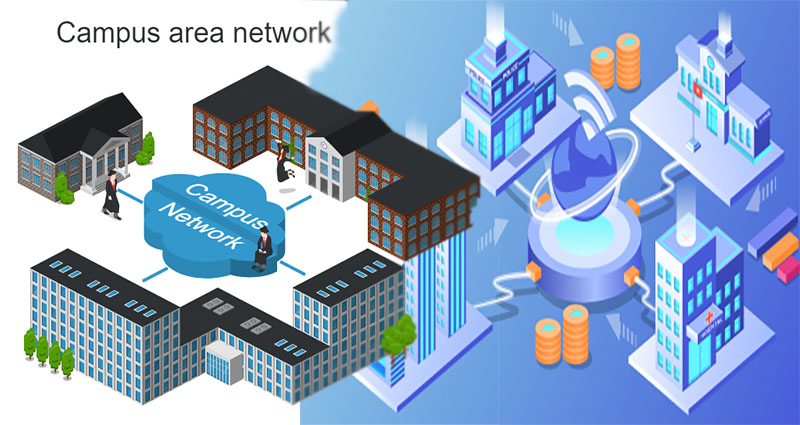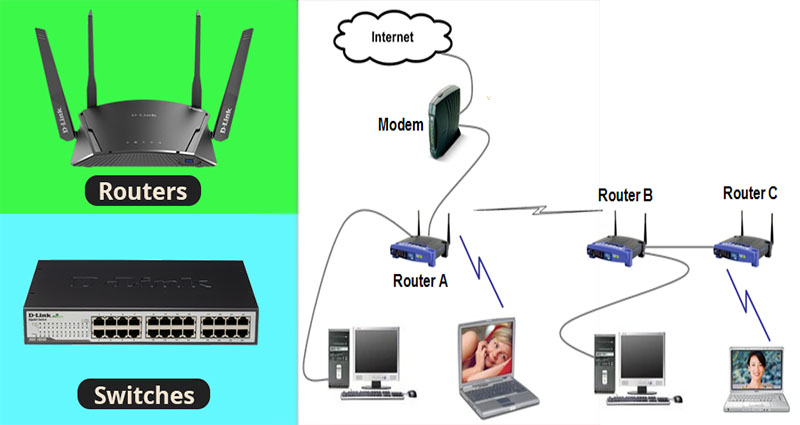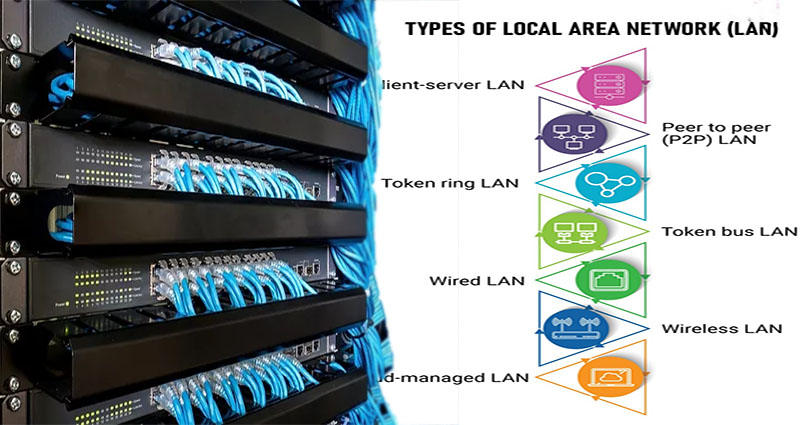Campus Area Network Example
In this article, we will discuss LAN, MAN, and WAN, and explain how they relate to campus network design. You will also learn about how these different types of networks are connected to the internet and how they differ from each other. We will also look at the benefits of each type of network. You will be able to create a campus area network that works well for your institution.
Using these different types of networks is a great way to save money while ensuring a high level of security and convenience.
CAN
A campus area network is a computer network that connects a number of different departments on a campus. These networks are similar to local area networks but are not connected via LANs. These networks are interconnected using a router, which connects all of the departmental networks to the main network. In addition, a campus area network can … Continue reading >>>











